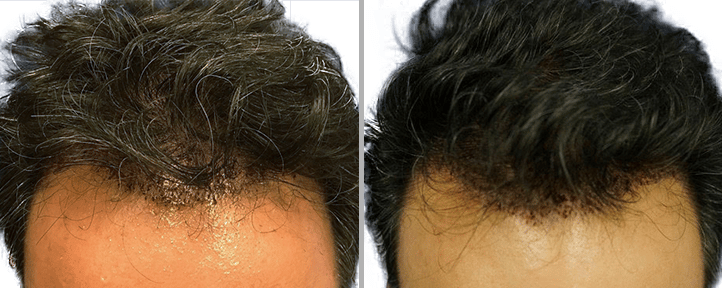Contents
Who is a Good Candidate?
If you have areas on your face, breasts, or hands that appear sunken, deflated, or have contour irregularities, fat transfer may be right for you. Candidates should be non-smokers, have realistic expectations for the outcome of their procedure, and be in good health. Dr. Homas or Dr. Brostrom can determine candidacy during a consultation.
The Procedure
Fat transfer is a three-stage process: Harvesting the fat from somewhere on your body, Processing and preparing your fat for re-injection, and then injecting the fat into the area in need of more volume. First, a site for fat removal will be chosen, and Dr. Homas or Dr. Brostrom will inject it with a local anesthetic. A small incision will then be made, and a cannula connected to a syringe will extract the fat (liposuction.) This process is known as harvesting. Once the fat is collected from the donor site, it will be processed and placed into small syringes. The fat will then be placed into the area that is being augmented. Multiple injections may be needed at a treatment site to create a satisfactory contour.
What is Fat Transfer, and How Does it Work?
A fat transfer treatment removes fat from areas with excess amounts and injects it into areas that lack volume. This treatment uses the natural fat from your body to create your desired body contours. The fat transfer technique involves harvesting the body fat through liposuction, processing the fat, and injecting it into the area of the body lacking volume. Common injection sites include the buttocks, breasts, hands, or face.
Benefits of Fat Transfer Over Other Techniques
Fat grafting offers a variety of cosmetic and medical benefits. With the fat transfer procedure, your body will not reject the transferred fat because it uses your tissue to create your desired contours. Compared to implants, fat transfer enhancements feel more natural to the touch. Fat transfer treatments allow you to tweak multiple body areas at once using natural resources.
Choosing the Right Plastic Surgeon for Your Fat Transfer
It is crucial to seek a board-certified plastic surgeon for your fat transfer. This ensures that your doctor has undergone vigorous education, training, and testing to treat you ethically and effectively. Plastic surgery is not a one-size-fits-all treatment, making it essential that you schedule a consultation beforehand. During a consultation, it is vital that you feel comfortable and confident in your doctor and their skills. Our New Image Plastic Surgery team looks forward to providing you with the finest plastic surgery techniques and technology.
Recovery
Following fat transfer, you will experience swelling and bruising, which should begin to resolve within one to two weeks. Makeup can be used to camouflage swelling or bruising, and most patients are able to return to work after one to two weeks.
The areas that received fat transfer will be softer and fuller, creating a rejuvenated appearance. It is important to know that a percentage of the transferred fat will not take, which is why touchup procedures are sometimes needed.
If you are looking to achieve improved contours, or a rejuvenated, natural appearance, fat transfer may be able to help. Since your fat is living tissue, the results can be permanent, as opposed to other injectable fillers, which need to be redone after they get absorbed by your body. Schedule your consultation at New Image Plastic Surgery today to get started.













